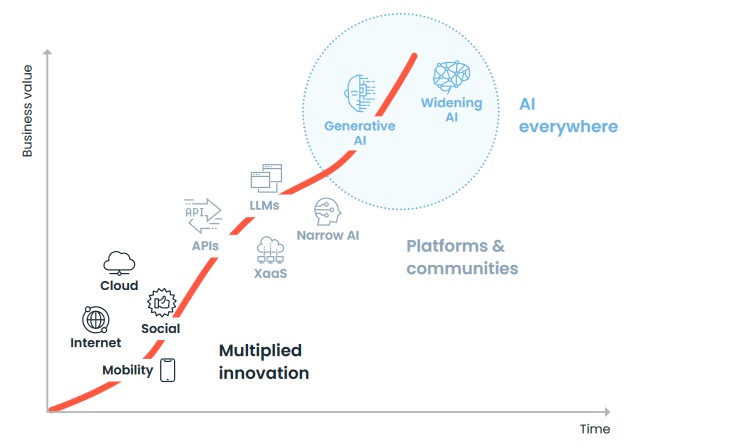
Broad proliferation of cloud infrastructure combined with continued support for remote workers is driving increased complexity and visibility challenges for network operations teams, according to new research conducted by Dimensional Research and sponsored by Broadcom.
The survey of more than 500 networking, operations, cloud, and architecture professionals also uncovered a surprising shortage of skilled workers requiring 65% of respondents to rely on third-party resources for network operations.
These findings paint a concerning picture as organizations struggle to meet demand for modern IT networks.
Cloud and Internet Reliance Leads to Greater Network Complexity
With 98% of companies using or planning to use cloud infrastructure and 95% enabling remote workers, the network has become increasingly more complex, as noted by 78% of respondents. Network endpoints are spread far and wide and often exist in workers' homes which makes it challenging to gain the visibility necessary to ensure uptime, performance, and security.
An additional challenge is the lack of information provided by ISPs and cloud providers, leading 80% to state that internet and cloud environments create network blind spots which can often create delays in issue remediation. These findings indicate that most companies don't have proper network operations and observability tools for today's modern IT environment.
Lack of Skilled Teams a Growing Challenge
When asked about the specific challenges they face with network operations management, 41% pointed to a lack of needed skillsets, while not having enough operations personnel was cited by 31%. Digging deeper to understand what is inhibiting teams' ability to grow, nearly half (48%) of respondents said candidates lack the needed skills, and 45% pointed to a general lack of available candidates.
Not surprisingly, 65% of organizations are turning to third parties for network operations support, a stop-gap measure to fill the void, but not a long-term solution. Thus, few teams are gaining the hands-on experience necessary to develop the capabilities they need to manage the network themselves. This means a greater reliance on tools and third-party data
Teams Lack Critical Data and Learn About Issues from Users
Unfortunately, 84% of network professionals indicated they regularly learn about issues from users, which means users are experiencing performance problems before the network team knows. This is a clear reflection of the lack of information network teams have access to. In fact, 95% of respondents say they do not get the information they need from ISPs and cloud providers. According to 76% of respondents, slow or missing data directly impedes resolution times.
"The results of this survey serve to highlight some of the biggest issues network operations teams are facing today," said Mike Melillo, Senior Director, Network Management Solutions, Broadcom. "Ensuring the performance of the network is mission-critical for every business. Yet, the data shows that teams aren't getting the support, staff, or tools they need to make their jobs simpler. Given the importance of the network for modern business, the industry needs to continue to work to collect, correlate and normalize multi-vendor network data that produces intelligent remediation recommendations and focused triage workflows and helps resolve the challenges captured in this research project."
Methodology: Networking, operations, cloud, and architecture professionals at medium to global enterprise companies representing all seniority levels were invited to participate in a survey on their company's network operations practices. The survey was administered electronically, and participants were offered a token compensation for their participation. A total of 505 qualified participants completed the survey. All participants had enterprise security responsibilities. Participants were from 5 continents, providing a global perspective.





